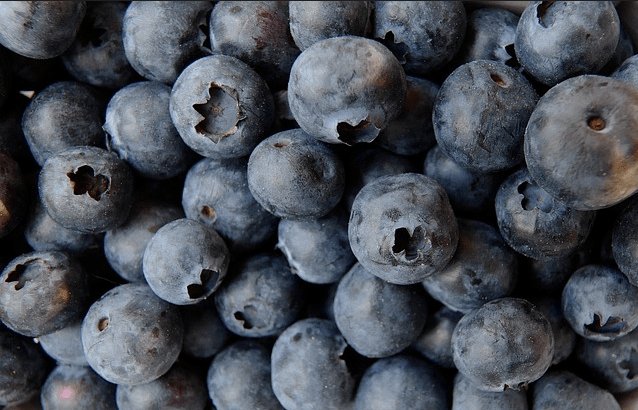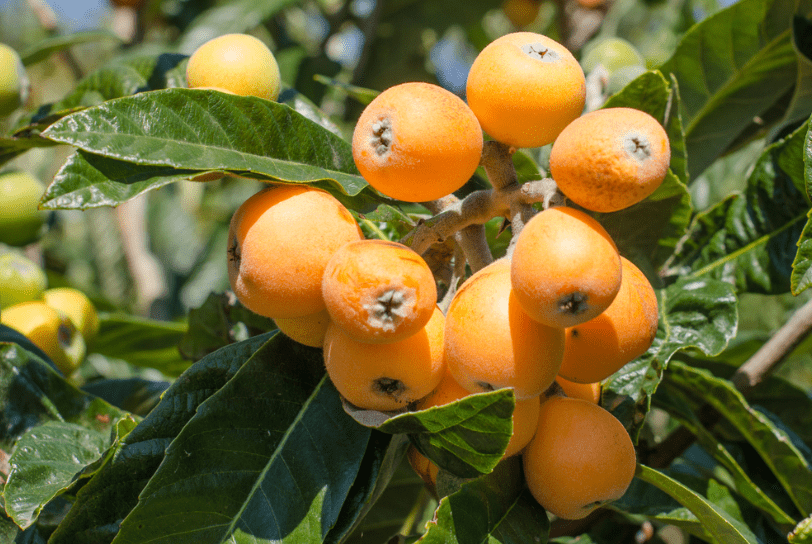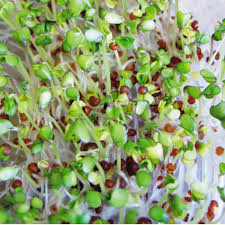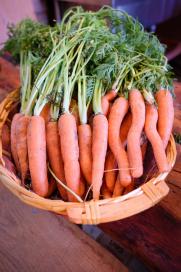Mango Tommy and Mango Shelly – soooo delicious!!!
This week, I saw a very cute photographic project: a photographer who travels all over the world photographing children, and the background is of the food they eat. The picture shows a child lying on a background of cloth, the floor, or just the ground. Around this child are all the foods he eats in one typical week (Unfortunately I can not find the link to share with you, so you'll have to believe the visual description).
It seemed so interesting – the boy from Brazil, the girl from India (both also have sandwiches and snacks, by the way), and the photo that stole my heart – a Peruvian-looking girl who lives with her tribe in the jungle. In the picture she was surrounded by all kinds of roots and foods that I could not recognize, all arranged in small bowls, as well as fish, bananas and mangoes.
Lots of mangoes. And I thought – how fun it must be to pick the mango straight off the tree, savor the smell, choose which mango tree yields the best fruit, those that are precisely your favorite and just bite into the fresh juicy fruit. And organic, of course.
I love mango very much. During the winter I think of the mangoes I can eat in the summer, and miss them, especially when I have no mangoes to add to my green morning shake. A grapefruit-kale shake is also great, of course, but not enough to dampen the craving for mango. Sometimes I'm so glad mangoes arrived, that I can not hold back for a few days until the first fruit I put my hands on (not quiet ripe) will ripen and I gnaw at it while still a little greenish and sour, and enjoy it tremendously.
I'm so happy that this love has also passed to my children – my son asks me to cut him a mango "diced", which means slicing the unpeeled mango, dicing the inner flesh and then pressing the middle in so that it is an upside down bowl and all the cubes protrude out. Or in short, as it was served in Thailand. Not long ago I heard his friends arguing – who will get the slices and who will get the pit (the preference was for the pit). I actually prefer eating the mango with the peel, like an apple (you can also peel with a peeler, then slice or nibble). Anyway, once it is here, and in season, and delicious and juicy and fragrant, the question of how to eat it is secondary to me.
Mango is a tropical tree that has spread throughout the world from India and China. As a tropical tree, it grows well when the weather is hot and humid, and a healthy and happy tree will reach 35-40 meters and an impressive diameter of 10 meters, which is great! Especially because the specie is resistant to seawater, therefore can be used for boats, roofs and even shoes. The bark contains tannin, which is used to produce yellow dye also for the leather processing industry. The fruit is used to prepare Amba – choose unripe mangoes, dry them and grind into powder. In India, which has a large poor population, they know how to dry the pit and grind it into a powder that serves as a substitute for flour. It is also used to prepare food for cattle, poultry and fertilizer. The resin, apparently, can be used to make a special glue for pottery.
A happy tree produces more fruit – there are tales of trees in India that can yield 1500 fruits per tree per season (so you can understand why the natives use mango to make every possible thing – everything from chutney to lassi. With such quantities, they could bathe in mango juice…).
Despite the fact that the climate in Israel does not include monsoons and impressive humidity levels most of the year, here too mangoes are grown magnificently – especially in the north, and the crop is successful enough to export one third to Europe. Mango is of course a tropical evergreen tree, and it blooms in the spring. Two months pass before the active insects transfer the pollen to its destination, the fruit grows and ripens, and within two additional months it is ready – and is delivered to us in July.
In Israel, five varieties of mango were developed – Maya was the first, classic and loved, with small sweet fruit. Mango Tsrifin, Mango Tango (I wonder if they chose the name because of the rhyme), Mango Nimrod and Mango Shelly. While it is possible to grow mangoes from a fruit kernel that you gnawed, it is likely it will yield very little fruit, if at all. If you fell in love with a certain mango pit, nurture and grow it with love, so that a different species can be put on it later.
To health!
Yours,
Maggie's garden team
Forecast:
In the ORGANIC vegetable baskets we expect (draft only):
Cucumbers
Tomatoes
lettuce
Thyme
Potatoes
Onion
Butternut squash
Cabbage
New Zealand spinach
The LARGE organic vegetable baskets also include:
Parsley
Carrots
Sweet potatoes
In the ORGANIC fruit baskets:
Watermelon
Bananas
Grapes
The LARGE organic fruit baskets also include:
Melon
Papaya
New! Basket of ORGANIC Greens:
Kale
Swiss chard
Sprouts
Another kind of lettuce
Arugula
Cilantro
Celery
Mint












